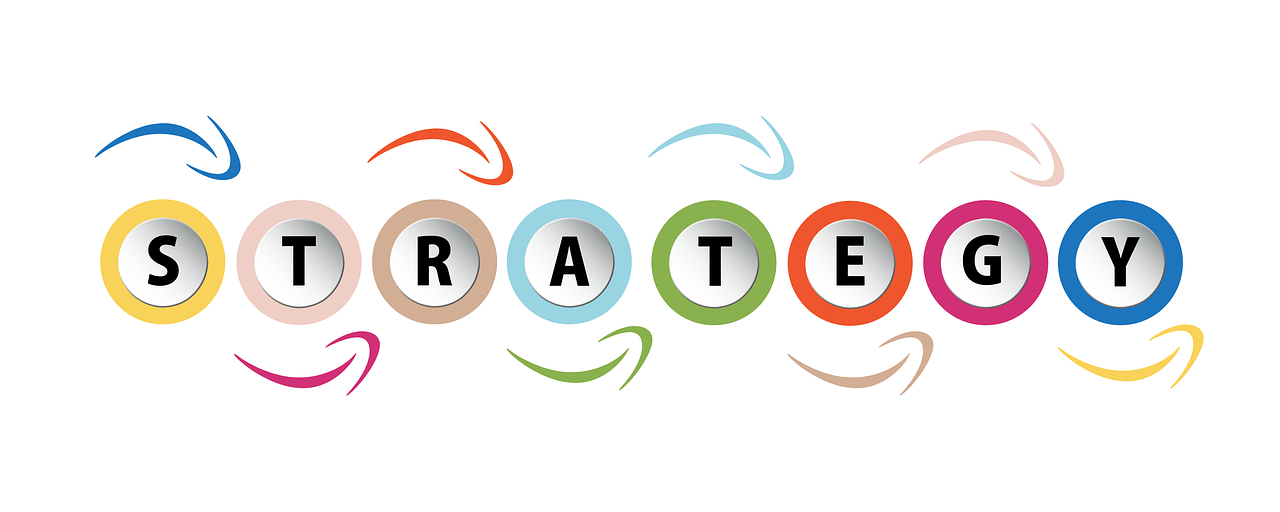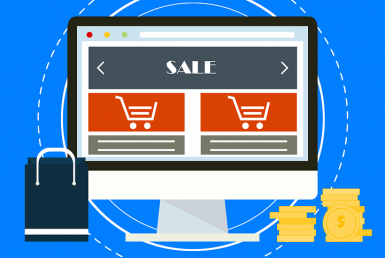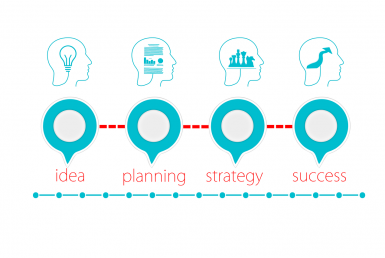The Insurance Transaction – The New Business Model?

Understanding the flow of information is vital to the insurance industry,
especially from within the property and casualty insurance marketplace.
Before you find Insurance Agencies for Sale, make sure to review
the current marketing and industry conditions.
We all know that business is done differently with the advent of the internet,
its enhancements, applications, and other technological advances
surrounding this revolutionary force.
If you were adult age in the 1980’s and 1990’s, and even early 2000’s,
you understand this statement completely.
This is the era or generation of:
- physical fax machines,
- type writers,
- pay phone booths,
- pagers,
- old school cell phones,
- with push button usage
If some of these examples are not really connecting with you, then you can always “google”
insurance technology use before the days of the internet, as a starting point.

Insurance Technology – The Buying and Selling Process
This is because during those time periods, the buying and selling of insurance was completely
different than how you see it done today. For example, the introduction of online signature platforms,
where signatures are no longer, for the most part, required in person.
This applies to even Commercial Auto Insurance and car insurance
in both the nonstandard and standard insurance markets.
As you can imagine, this specific technological advance,
the electronic signature platform has revolutionized the entire customer experience.
Now, instead of driving to a local insurance agency or retail location,
the customer can just buy insurance coverage with a simple click.
Large Scale Advancement – The Insurance Age
These technological advances, have helped transform the
business process of the insurance industry on a large scale.
Electronic commerce has paved the way for a more
streamlined process. This process effects everyone
involved in the transaction. From the online user,
to the actual back-end process and application.
This is like other technological advancements that were introduced to the
marketplace before, such as the fax machine system.
Early Days of Insurance Processing
Now, there was a time, when faxes could only be sent and received by a
physical tangible object. Yes, a physical one, not something that ran off an electronic format.
This object sat normally within telephone range. It was highly used in
the transmission of insurance policies, both personal and commercial.
Insurance Coverage applications would be sent via fax machines.
These machines helped to send out letters and other insurance document types.
Not to just one destination or location either.
It could be transmitted across most anywhere in the world.
This was big news to business operations, in search of efficiency and accuracy on a massive scale.
Now, both customer and user, or helping party can have an efficient tool to exchange information.
This fax machine has now taken form into another level of technology.
Guess what form of technology that could be?
If you guessed the Internet, you would be correct.

Insurance Transmission – The Internet Impact of Technology
Before we look at the internet protocol itself, let’s examine how the
internet shaped the progress of the fax machine system.
With the help of the internet, it can now be used as an “eFax”.
This is an electronic form of the fax machine system use.
This opened another pathway for business efficiency and transmission.
Now, instead of having bulking fax machines in place, higher paper costs, fax machines,
which help to send letters and other document types, for the most part, anywhere on planet earth.
Some fax machines, now have internet connection access,
which can eliminate any landline limitation a normal fax line could face.
Many insurance carriers use this system of information sharing and receiving.
You might have received your commercial declaration pages for signatures in this manner as well.
Insurance Transmission Influences
Sometimes, people prefer their insurance documents faxed versus having it e-signed out.
There can be many reasons from:
- security and protection,
- no internet access,
- no technological access,
- user unfamiliar with technology,
- low confident level to technology,
- or limited access to other options, as an example.
Insurance Evolution of Technology
So, you can see where the evolution of the fax machine has taken shape
within the business world, especially the insurance industry.
The next tool of progress would be the personal computers. They have been a standard tool.
They are liberally used throughout home and office environments.
This is such an important insurance tool of communication & transmission.
It is like a data interchange of electronic information. It proves partners who trade
an availability, to send each other very large amounts of data.
Now, imagine all this enormous transfer of data with virtually no human intervention.
This is because the Internet is the channel, which distributes information worldwide.
It does not need your workforce to pass on information.

The Insurance Algorithm
The internet is a very complex system of algorithms that figure out statistics and data information.
When used in conjunction within the insurance field and industry, it shapes a type of insurance algorithm.
A complex system as well, with so many internal and external components.
Not to mention all the varying platforms and insurance applications available.
Like with most algorithms, it serves to simplify the transaction and engagement process.
Efficiency, ease of use, and online accessibility become more important characteristics of this function.
To understand the insurance algorithms better, let’s look at exactly
the functions and operations surrounding the internet base itself.
The Internet Formation – Human Interaction
This tool of information used on the world wide web, enables this interchange
of information with time efficiency, which in return minimizes the need for human interaction.
The human element in many cases in the insurance arena have
been replaced with the electronic and technological element.
Understanding the information flow and system profile of technology,
will advance a better working environment through improved workflows and processes.
Now, insurance agents, insurance companies, and brokers can use the electronic applications,
online platforms, and programs, to work in their advantage over their competitors.
Insurance Advancements – Understanding the Technology Involvement
Individuals and companies in the insurance industry, are understanding the
importance of electronic and technological advancements.
They understand that the days of the physical walk in business
is being replaced by efficient customer experience platforms.
Platforms, that in some cases can replace certain job duties.
So, in this case, yes, technology has replaced the human element.
However, as a result, in this process, other jobs have been created indirectly in other fields.
This ultimately creates a shift in the job market place,
and how the economy plays in relationship to them.
Industry Exploration of Insurance Transmission
As an example, if you were to explore the days prior to personal computers,
you would see a completely different job line up. More manufacturing and labor centric fields.
Now, with the obviously rise and demand for technology, in every field not just insurance,
has shaped a new economic forecast and buying and selling process of goods,
and how people now interact with businesses, both online and retail.
Also through this new distribution channel of the technology, an examination
of the relationship of professional to consumer will be reviewed.

New Insurance Relationship
It is interesting to see the new relationship that an insurance agent
has to engage in present day, 2018 versus the 1970’s or 1990’s as example.
Before we start looking at the new relationship skills needed to attract the new
savvy online buyer, let’s look at how the online buyer has evolved.
To do this, you must start from the beginning, and in this case, it’s the Internet.
The Beginning of the Internet
We all know it, regardless if you live in Los Angeles, California or Orange County CA,
it’s the internet that has connected us with so many contacts.
These contacts can be made in the search of learning or finding new information.
These discoveries can be money motivated, savings related or just the simple act of completing an online transaction.
No matter the need, or plan, the channel of communication is the same, it’s on the internet.
So, what exactly is this thing we call the internet. In present year, 2018, it can mean a lot of different things to many different people.
In today’s terms and meaning, the internet symbolizes something completely different then in it’s past.
To understand the foundation and true purpose of the internet
and how it has shaped our lives in the ecommerce industry.
More importantly, learning how the internet has shaped the process of
business transactions in today’s market, especially within the insurance industry will be the focus.
So, without further ado, let’s look at the history of the Internet.
The History of The Internet – Paving the Road for Ecommerce
The internet as we mentioned above means a lot of different things to many different people.
Our focus in this piece is to concentrate on the history of the internet.
Meaning, to look at the original purpose of the internet and how it has shaped
your online experience today, no matter if you are an insurance agency investor, broker or insured.
This is an important contrast to examine, since it’s roots may
or may not be the envisioned path it is currently on.
Network Business Communication
The history of the internet started with a network of hundreds of thousands of computers.
These computes were all connected, and its primary function was the exchange
of information with other computers on this network worldwide.
The Internet did not start in the 1990’s like many people think today.
It was actually envisioned in the 1960’s, by a man that goes by the name Paul Baran.
Paul Baran worked for the Rand Corporation. This is where he thought up
an idea of sending messages through a networked system of computers.
In 1964 Baran brought his idea to the US government in a proposal
for the need of this system in the event of a nuclear attack.
Throughout the 1960’s the U.S. government needed to send military research
between the different sections of the armed forces. The government saw this idea
of transmitting information across a network of computers a great idea.
The government used Baran’s idea and linked computers together that were clear across the country.



